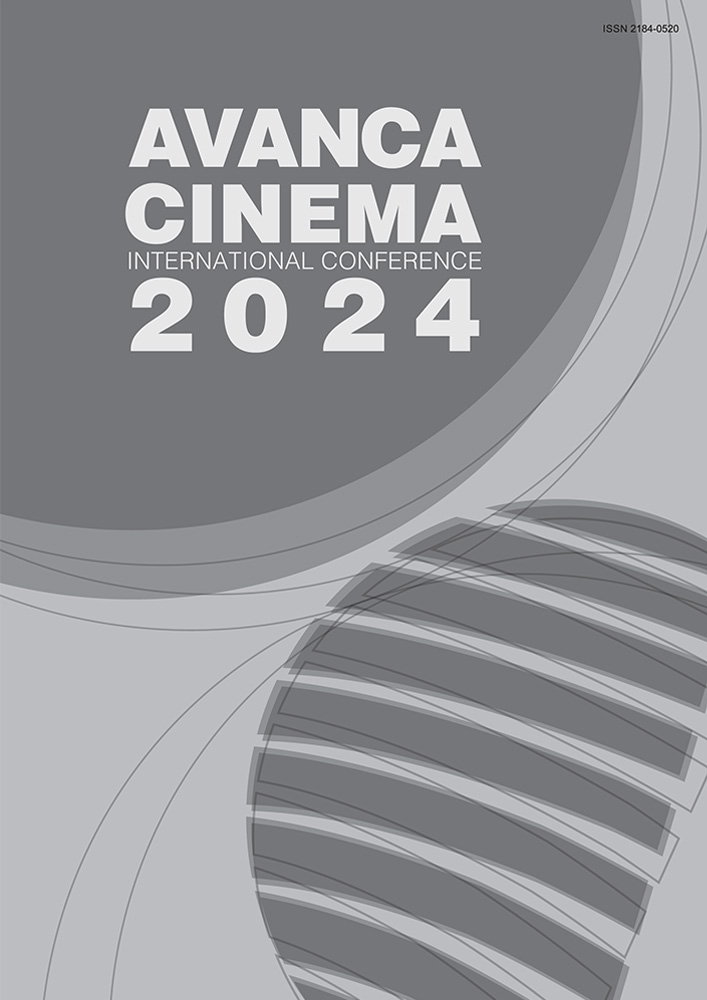Capítulo II _ Cinema - Cinema
Três retratos do cangaço: Documentário, vanguarda e paródia
Resumo
From the very beginning of the phenomenon of cangaço in northeastern Brazil, filmmakers have been attracted to it. In 1937, Benjamin Abrahao films Lampião’s gang (the most famous bandit of its time), from a documentary approach, since then, brazilian cinema have developed their own cinematographic genre. The Novo cinema takes the Northeastern as a key to construct the national cinema. Glauber Rocha, with his Deus e o diabo na terra do Sol (1964), starts an avant-garde way
to portray the past and present of his country by adding big amounts of folklore and politics. These two manners of treating the Cangaço, contrast with the irony and parody that Guel Arraes uses in O Auto da compadecida (2000) by adapting Ariano Suassuna’s homonymous play. That film becomes a big blockbuster in cinemas and an actual part of brazilian culture. Three very different ways of establishing a varied portrait of a complex reality in brazilian history.

Este trabalho encontra-se publicado com a Licença Internacional Creative Commons Atribuição 4.0.

